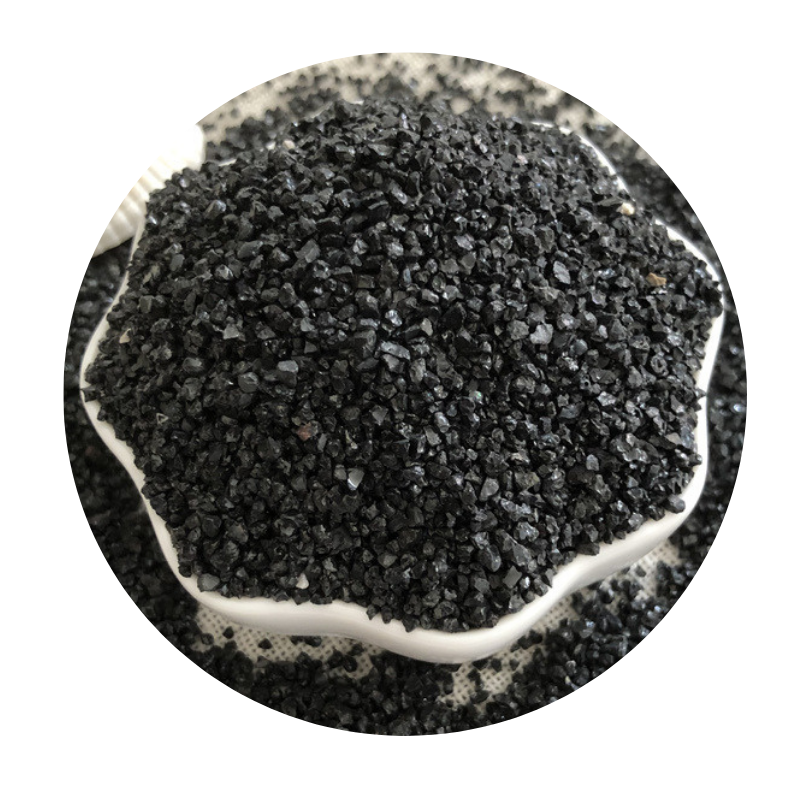
Utilization of Silica Fume in Cement Manufacturing for Enhanced Performance and Sustainability
The Role of Silica Fume in Cement Factories
Silica fume, a byproduct of silicon and ferrosilicon alloy production, has gained significant attention in the construction industry, particularly in cement factories, due to its unique properties and benefits. Composed primarily of amorphous silicon dioxide, silica fume is typically very fine, with particle sizes on the order of 1/100th that of cement. This article explores the importance of silica fume in cement production, its advantages, and its impact on the quality of cement-based products.
Characteristics of Silica Fume
Silica fume is recognized for its high pozzolanic reactivity. When mixed with cement and water, it reacts with calcium hydroxide in the presence of moisture to form additional calcium silicate hydrate (C-S-H), which is the primary binding agent in concrete. The incorporation of silica fume into cement not only enhances strength but also improves durability, resistance to chemical attacks, and reduces permeability.
Advantages of Using Silica Fume
1. Increased Strength One of the primary benefits of adding silica fume to cement is the increase in compressive and flexural strength. Concrete mixes containing silica fume can achieve higher strength than those without it. This is particularly advantageous in structural applications where strength is a critical requirement.
2. Enhanced Durability Silica fume improves the durability of concrete significantly. The finer particles fill voids between larger aggregates, reducing the overall porosity of the concrete. This results in lower water permeability, making concrete more resistant to freeze-thaw cycles, sulfate attack, and chloride ion infiltration. As a result, structures such as bridges, tunnels, and high-rise buildings suffer less degradation over time.
silica fume in cement factories

3. Chemical Resistance The use of silica fume also enhances the chemical resistance of cement-based products. Concrete designs incorporating silica fume show improved resistance to aggressive environmental conditions, making them suitable for use in industrial applications or environments exposed to harsh chemicals.
4. Sustainability From an environmental perspective, utilizing silica fume helps mitigate the carbon footprint associated with cement production. Cement manufacturing is a significant source of carbon dioxide emissions; thus, replacing part of the Portland cement with silica fume can reduce the overall cement content used in concrete mixes. Additionally, recycling silica fume as a valuable resource contributes to a circular economy.
Application in Cement Factories
In cement factories, silica fume can be blended into cement either during the grinding process or added separately to the concrete mix at the batching plant. This flexibility allows manufacturers to tailor the properties of their products based on specific project requirements. The typical replacement levels for silica fume range from 5% to 15% of the total cement weight, depending on the desired performance characteristics.
Conclusion
Silica fume has become an essential component in cement factories due to its remarkable properties and advantages. Its incorporation not only enhances the strength and durability of concrete but also promotes sustainability within the construction industry. As technology advances and the demand for high-performance construction materials grows, the use of silica fume is likely to expand, paving the way for the development of resilient and environmentally friendly infrastructure. The growing recognition of silica fume's benefits will undoubtedly play a vital role in shaping the future of cement production and usage in construction practices.
Share
-
Fly Ash Solutions Enhanced by GPT-4 Turbo | Sustainable InnovationNewsAug.01,2025
-
Natural Premium Bentonite Cat Litter - Superior ClumpingNewsJul.31,2025
-
Premium Resin Coated Sand - High Heat Resistance CastingNewsJul.31,2025
-
High Quality Silicon Carbide Grit for Abrasive ApplicationsNewsJul.30,2025
-
High-Quality Ceramsite for Plants & Gardening | Lightweight PebblesNewsJul.29,2025
-
Premium Burgundy Glass Marbles for Vases & Shooter GamesNewsJul.29,2025






